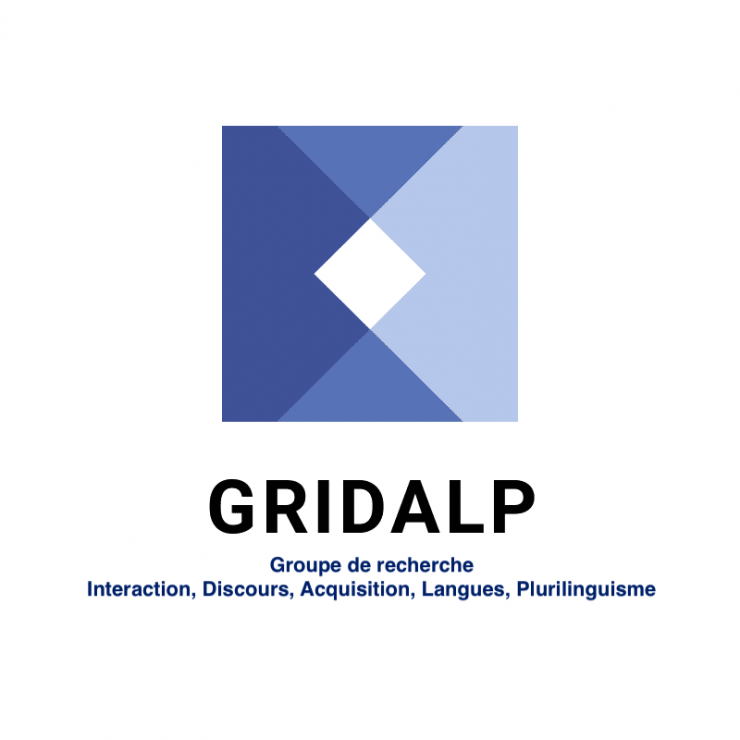Immersion and content-oriented language teaching: continuities, breaks, challenges
What is the aim of the project?
The project addresses the conditions for implementing bilingual or immersive teaching at primary school and examines the points of connection and disconnection between such teaching and content-oriented language teaching. Are these interfaces actively sought or do they result from a lack of differentiation (lack of questioning)? The aim is also to document the modalities of curricular insertion of bilingual education, which vary greatly from one place to another. Ultimately, the question is what would be the minimum format for bilingual education: Are the criteria more quantitative (e.g. duration of exposure to L2) or qualitative (e.g. integrative didactics)? How do didactic and curricular arguments fit together?
How did the researchers proceed ?
-
The focus is on filmed classroom observations (in different cantons, with German, French and English as L2/L3) and classroom interaction, the transcripts of which were analysed for discursive practices related to (linguistic and/or subject) knowledge construction.
-
The observed lessons cover a wide range in terms of didactic orientation, curricular insertion and duration of L2 exposure.
-
In addition, the teaching materials were examined, including content-based language learning textbooks and various other resources used in the observed lessons.
-
Interviews were also conducted with the respondents and teachers, in particular to better understand the orientation of the teaching materials, the insertion into the curriculum of the observed sequences and the teaching objectives.
What are the main findings?
- Bilingual or immersion education is often perceived as a supplement or extension of L2 instruction; it can be conducted from a bilingual perspective (language alternation) or a monolingual perspective (language separation).
- Analyses of classroom practice reveal an often blurred boundary between teaching the L2 and teaching in the L2.
- However, this does not necessarily mean co-operating between teaching an L2 and teaching in L2, nor does it necessarily mean integrating language and subject knowledge construction.
- Some forms of bilingual teaching are based on the teachers' own initiative and thus on a deliberate didactic project fostering creativity.
The results are presented according to the 3 main focuses of the project:
Conclusions and perspectives
- Establishing continuity between teaching an L2 - including content-oriented language teaching - and teaching in an L2 often benefits the former; hence, there is a tendency to "over-grammaticalize" immersion or bilingual education.
- Conversely, allocating a large space to each language in bilingual models (50/50, allocated by subject) can maintain a "naturalizing" (L2 exposure is sufficient) and monolingual view of learning.
- The flexibility of the curriculum and the creativity of the teachers allow for original, often modular forms of bilingual education.
- Bilingual education is defined foremost by a way of teaching (didactisation) in a space - however limited - where language and subject issues meet. The qualitative dimension therefore outweighs the quantitative dimension.
Publications
Gajo, L. & Grobet, A. (Eds.) (2019). Enseignement du français et enseignement en français: continuité ou rupture? Revue TDFLE (Travaux de didactique du français langue étrangère), 74.
http://revue-tdfle.fr/revue-74-56-enseignement-du-francais-et-enseignement-en-francais-continuite-ou-rupture-
Gajo, L., Freytag, A., Steffen, G. & Vuksanović, I. (2018). Quelle frontière entre enseignement bilingue et enseignement de la langue orienté vers le contenu ? Insertion curriculaire et moyens d’enseignement. Babylonia, 2/2018, 26-31.
http://new.babylonia.ch/2018/10/16/quelle-frontiere-entre-enseignement-bilingue-et-enseignement-de-la-langue-oriente-vers-le-contenu-insertion-curriculaire-et-moyens-denseignement/
Steffen, G., Vuksanović, I. & Jenny, E. (Eds.) (2019). Le contenu dans l’enseignement de L2 et dans l’enseignement en L2 / Teaching an L2 through content and teaching content in an L2. Bulletin suisse de linguistique appliquée, 110.
https://www.vals-asla.ch/fileadmin/user_upload/Journal/De__finitif_110.pdf
Steffen, G. (2019). L’enseignement bilingue au croisement de différentes approches didactiques : perspectives des enseignants.Revue TDFLE, 74 [en ligne].
http://revue-tdfle.fr/revue-74-56/213-l-enseignement-bilingue-au-croisement-de-diff-eacute-rentes-approches-didactiques-nbsp-perspectives-des-enseignants
Steffen, G. & Vuksanović, I. (2019). Le contenu dans l’enseignement de L2 et dans l’enseignement en L2 / Teaching an L2 through content and teaching content in an L2. Introduction. Bulletin suisse de linguistique appliquée Vals-Asla, 110, 1-11.
https://www.vals-asla.ch/fileadmin/user_upload/Journal/De__finitif_110.pdf
Steffen, G., Vuksanović, I., Freytag Lauer, A. & Jenny, E. (2019). Quelle frontière entre enseignement bilingue et enseignement de langue orienté vers le contenu ? Numéro spécial ADLES, Babylonia, 2, 2019.
http://babylonia.ch/fileadmin/user_upload/documents/2019-2/ADLES.pdf
Vuksanović, I. (2019). Quelle appréhension de la relation entre langue et contenu dans l’enseignement en L2 et dans l’enseignement de L2? Revue TDFLE, 74 [en ligne].
http://revue-tdfle.fr/revue-74-56/207-quelle-appr-eacute-hension-de-la-relation-entre-langue-et-contenu-dans-l-rsquo-enseignement-en-l2-et-dans-l-rsquo-enseignement-de-l2-nbsp-
Freytag Lauer, A. (2019). Les documents dans les îlots immersifs: authenticité et authentification. Revue TDFLE, 74 [en ligne].
https://revue-tdfle.fr/revue-74-56/211-les-documents-dans-les-ilots-immersifs-authenticite-et-authentification
Research report
This publication can also be downloaded from the following address :
http://www.institut-mehrsprachigkeit.ch/fr/file/969/download?token=FFUIpgH9

